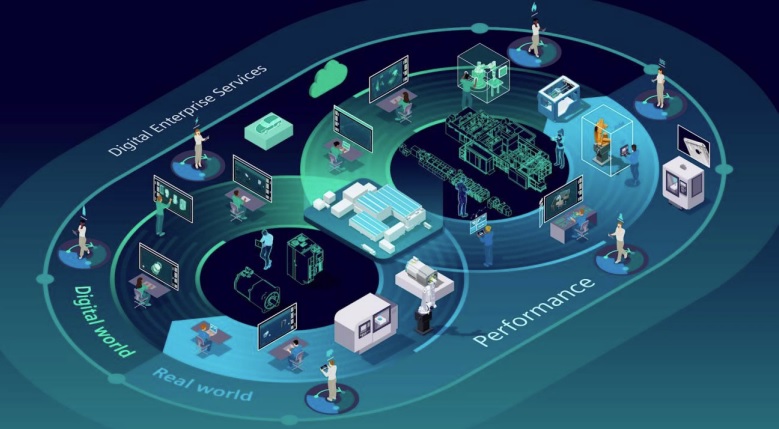
The ability to digitally replicate physical systems has been used to model hardware operations for many years, and more recently, digital twining technology has been applied to electronic systems to better simulate and troubleshoot the systems. As explained by Bryan Ramirez, Director of Industries, Solutions & Ecosystems, Siemens EDA, one example of the early use of twin technology was in the Apollo 13 mission back in 1970. With a spacecraft 200,000 miles away, hands-on troubleshooting was not possible to solve a failing subsystem or system problem. Designers tackled the challenge by using a ground-based duplicate system (a physical twin) to replicate and then troubleshoot problems that arose.
However, such physical twins were both expensive and very large, and often had to be disassembled to reach the system that failed. By employing a digital twin of the system, designers can manipulate the software to do the analysis and develop a solution or workaround to the problem, saving time and money. A conceptual model of the digital twin was first proposed by Michael Grieves of the University of Michigan in 2002 explained Ramirez, and the first practical definition of the digital twin stemmed from work at NASA in 2010 to improve physical model simulations for spacecrafts.
Digital twins allow designers to virtually test products before they build the systems and complete the final verification. They also allow engineers to explore their design space and even define their system of systems. For example, continued Ramirez, using digital twin technology to model autonomous driving can help impact the electronic control systems. Using the twin technology designers can develop the models that simulate the sensing, computations and actuations of the autonomous driving system as well as the “shift-left” software development. This gives the designer the ability to go from chipß->carß>city validation without hardware. That reduces costs and design spins as well as allowing designers to optimize system performance.
Additional benefits of digital twin technology include the ability to include predictive maintenance, remote diagnostics, and even real-time threat monitoring. In industrial applications, real-time monitoring, feedback for continuous improvement, and feed-forward predictive insights are key benefits of leveraging the digital twin approach (see the figure). Factory automation can also benefit by using the digital twin capability for simulating autonomous guided vehicles, interconnected systems of systems, as well as examining security, safety, and reliability aspects.
Extrapolating future scenarios, Ramirez suggests that the digital twin capability can simulate the impossible. One such example is an underwater greenhouse dubbed Nemo’s Garden. In the simulation, the software can accelerate innovation by removing the limitations of weather conditions, seasonality, growing seasons, and diver availability.
All these simulation capabilities are the result of improved compute capabilities, which, in turn, are the result of higher-performance integrated circuits. Additionally, as the IC content in systems continues to increase, it becomes easier to simulate/emulate the systems as digital twins. However, as chip complexity continues to increase, cost – especially the cost of respins – the need for the use of digital twins increases to better simulate the complex chips and thus avoid costly respins. The challenges that the digital twin technology faces include creating models for the complex systems, developing multi-domain and mixed-fidelity simulations, setting standardization for data consistency and sharing, and performance optimization. These are issues that the industry is working hard to address.
For more information go to Siemens Digital Industries Software
Also read:
Coverage Analysis in Questa Visualizer
EDA in the Cloud with Siemens EDA at #59DAC
Calibre, Google and AMD Talk about Surge Compute at #59DAC
Share this post via:





Comments
One Reply to “Digital Twins Simplify System Analysis”
You must register or log in to view/post comments.